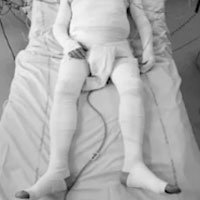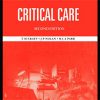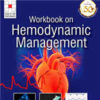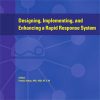A Compression Method to Reduce Fluid Balance of Septic Shock Patients
nature.com
This article presents a close look at the Corporeal Compression at the Onset of Septic shock (COCOONs).
Fluid overload in septic intensive care unit (ICU) patients is common and strongly associated with poor outcome. There is currently no treatment for capillary leak, which is mainly responsible for high positive fluid balance (FB) in sepsis.
Fluid resuscitation is a cornerstone of supportive therapy at the acute phase of septic shock but it is associated with the risk of fluid overload. Due to the inflammation-induced increase in capillary permeability, intravascular hypovolemia coexists with fluid overload in the interstitium, and is recognized as an independent risk factor of mortality.
From February 2015 to December 2016, 62 patients were enrolled in the study. Thirteen patients (21%) died before day 7 and 4 patients (6.5%) were discharged from the ICU.
This study demonstrates the feasibility of corporeal compression in septic shock and suggests a benefit on FB control, and might thus warrant further investigation in a phase III trial.















